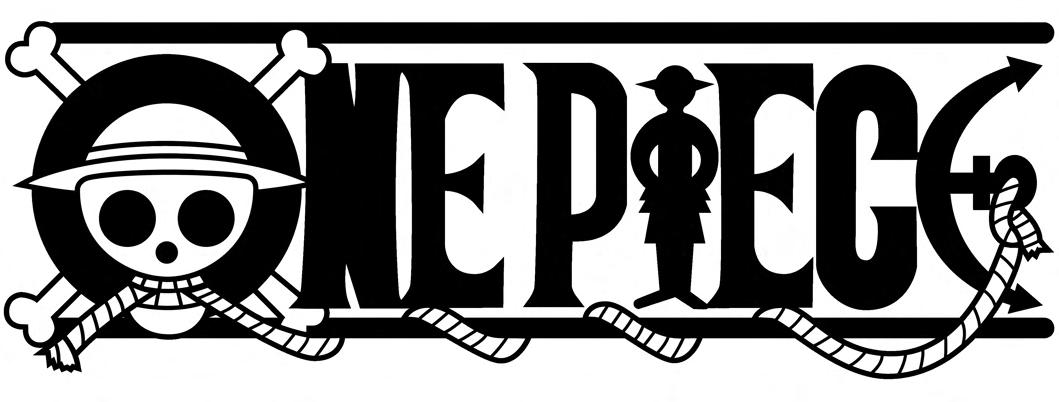
3 minute read
My Aim:
by Garry Chu
Background

Advertisement
In the past, I have had experiences collaborating with partners to accomplish something. Therefore, in my future design career, I hope to be able to engage in different types of design and work with partners to achieve a common goal, just like in One Piece.
Therefore, in this interview, I sought some professional opinions from Jason regarding establishing a Production House.

Q:
Jason:
I used to work in a company and later met some friends who worked in different design fields. We decided to start our own design business as freelance designers. Fortunately, one of our friends had a space in Kwun Tong where we could share a design studio and start taking on jobs. At that time, the four of us decided to quit our jobs and start working together as designers. We then began to think about how to utilize our respective backgrounds and design expertise to collaborate and serve the needs of different clients, gradually forming our first design company.
As time passed, our clients preferred graphic design, and our company gradually shifted towards this field, while the work related to exhibitions and photography decreased. Therefore, we re-evaluated our company structure, but ultimately, our colleagues wanted to pursue other directions, and the operation of our first company came to an end.
After that, I began to start my own business and ventured into another design field, which was laser cut design. I gradually transformed from a graphic designer to a designer who considers product and object design, and has always emphasized image, graphics, color, and combination design.
Q:
Jason:
There are generally no disputes regarding benefits and allocation. This is because when we founded the company, we wanted to work together to build a good company. Therefore, our collaboration model is who has the job, goes to handle the necessary abilities for that project. For example, some people provide ideas, some are responsible for execution, such as editing, and some may need to communicate with customers and coordinate with each other. Therefore, regarding the allocation of money, basically everyone has contributed, so we rarely have disputes over money for projects. Disputes usually arise in the details of creativity and execution.


Jason:
During communication with clients, they may have their own ideas and thoughts that they want the designer to execute. However, we have already established at the beginning that the designer's role is not an in-house designer, but rather to meet the client's needs and consider what the market and the client actually require. We do not say, "Hey! I am a designer, and I think this method A is the best and the most beautiful thing ever, and I like it!" without considering whether this method is suitable for the Hong Kong market or the client. If we do not consider these factors, we will not be able to execute the design. We will consider the client's actual needs and how to balance them with our interesting solutions. This type of communication can solve conflicts between parties.

Q:
Now that you have participated in many projects and encountered many difficulties and bottlenecks, how can you overcome these obstacles?

Jason:
I used to work in a company and later met some friends who worked in different design fields. We decided to start our own design business as freelance designers. Fortunately, one of our friends had a space in Kwun Tong where we could share a design studio and start taking on jobs. At that time, the four of us decided to quit our jobs and start working together as designers. We then began to think about how to utilize our respective backgrounds and design expertise to collaborate and serve the needs of different clients, gradually forming our first design company.
As time passed, our clients preferred graphic design, and our company gradually shifted towards this field, while the work related to exhibitions and photography decreased. Therefore, we re-evaluated our company structure, but ultimately, our colleagues wanted to pursue other directions, and the operation of our first company came to an end.
After that, I began to start my own business and ventured into another design field, which was laser cut design. I gradually transformed from a graphic designer to a designer who considers product and object design, and has always emphasized image, graphics, color, and combination design.



Q: Do you have any memorable projects that you would like to share?
Jason:
If I were to share an impressive project, I could recall one that I worked on at K11. The project involved creating a mobile projection vehicle, for which we were responsible for designing the exterior and interior, determining the locations for the projections, and planning how to interact with the audience. The entire project was conceived by us, from start to finish. K11 gave us a lot of freedom to play around and have fun. The project was carried out during the Christmas season and centered around light and video projection. We went to places like Lan Kwai Fong, Tsim Sha Tsui, and Mong Kok, where we interacted with locals who could create on-the-spot drawings. We then projected their artwork onto walls, creating a projection art graffiti.





